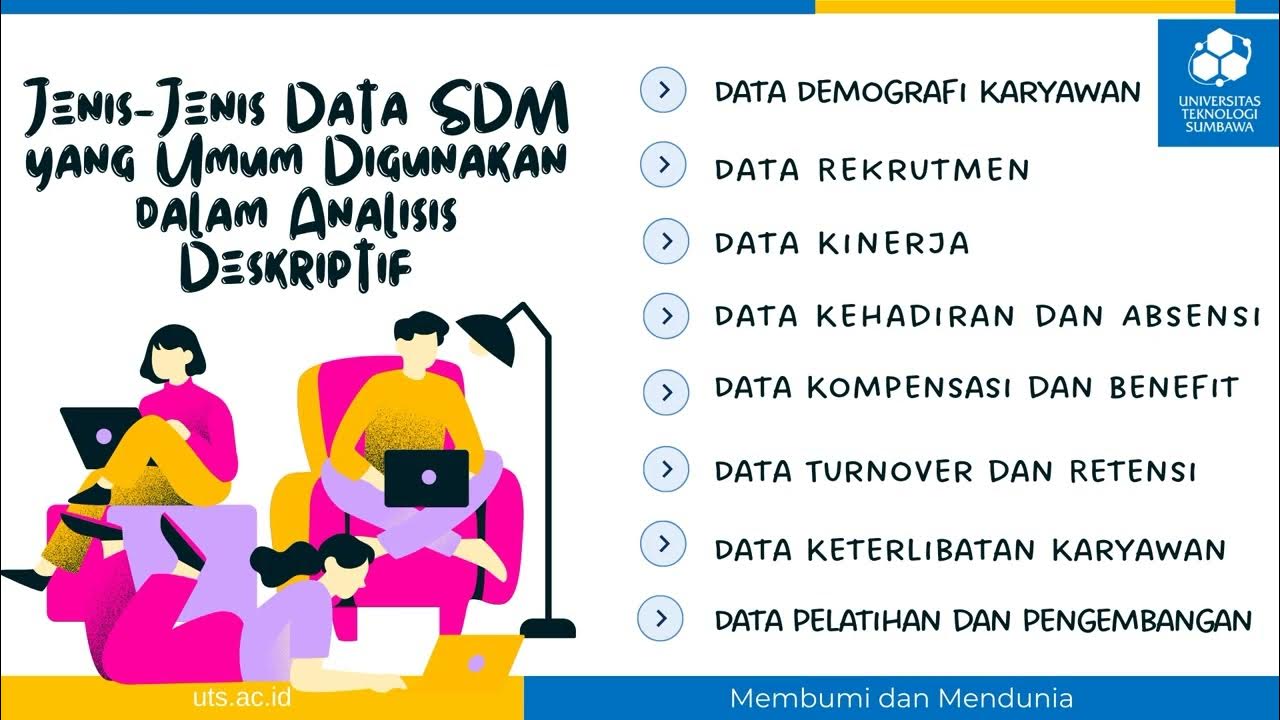Labour Turnover | A-Level, IB & BTEC Business
Summary
TLDRThis video explores labor turnover, a critical measure of HR performance, reflecting the percentage of staff who leave a business within a given period. It contrasts with staff retention, focusing on keeping key staff. Factors influencing turnover include employee suitability, redundancy, personal circumstances, and industry norms. High turnover can lead to increased recruitment and training costs, operational disruptions, and potential declines in quality and customer service. Strategies to reduce turnover include effective recruitment, competitive pay, job enrichment, and rewarding loyalty.
Takeaways
- 🔍 Labor turnover is a crucial metric for assessing the effectiveness of human resource management in a business.
- 🔗 Staff retention and labor turnover are closely linked; the former refers to keeping key staff, while the latter measures the percentage of staff who leave within a specific period.
- 📊 Labor turnover is calculated as a percentage by dividing the number of employees who leave during a year by the average number employed, then multiplying by 100.
- 🏭 High staff turnover can lead to significant costs for businesses, including recruitment and training expenses for replacements.
- 🤔 Employee retention should be actively managed, especially for key staff, to minimize labor turnover and its associated challenges.
- 📉 Economic conditions can influence labor turnover rates, with downturns often leading to lower turnover as employees have fewer job alternatives.
- 🏢 Industries with historically high turnover, like leisure and hospitality, often rely on seasonal and temporary staff, contributing to higher turnover rates.
- 💡 Factors affecting labor turnover include job satisfaction, pay, working conditions, opportunities for promotion, and company culture.
- 💼 Businesses can improve labor turnover by recruiting the right people, offering competitive pay, designing fulfilling jobs, and rewarding loyalty.
- ⚖️ Understanding the context of labor turnover is vital, as what may seem high for one industry might be normal for another, and specific circumstances can also affect turnover rates.
Q & A
What is labor turnover and why is it significant in business?
-Labor turnover is a measure of the percentage of staff who leave a business during a particular period. It is significant because it is closely linked to staff retention and can indicate how effectively the human resources side of a business is being managed.
How is labor turnover calculated?
-Labor turnover is calculated by taking the number of employees who leave during the period and dividing it by the average number of employees employed during the year, then multiplying the result by 100 to get a percentage.
What is the relationship between labor turnover and staff retention?
-Labor turnover and staff retention are inversely related. Staff retention is the ability of a business to keep its staff, particularly key staff, while labor turnover measures the rate at which employees leave a business.
What are the potential costs associated with high labor turnover?
-High labor turnover can lead to increased recruitment and training costs, as well as potential disruptions to productivity and operations. It can also affect the quality of customer service and overall business performance.
What is the impact of labor turnover on the remaining staff?
-High labor turnover can place pressure on the remaining staff, who may have to take on additional workloads. It can also disrupt productivity and operations, especially during the training period for new staff.
How does labor turnover affect customer service in a business?
-Labor turnover, particularly in service businesses, can result in challenges around quality and customer service. New staff may not be fully trained, which can lead to a decline in service quality.
What factors might influence the labor turnover rate in an industry?
-Factors influencing labor turnover include industry-specific conditions, economic climate, job satisfaction, compensation, opportunities for promotion, and the loyalty of the workforce.
How does economic condition affect labor turnover?
-During economic downturns, labor turnover tends to decrease as there are fewer job opportunities. Conversely, in times of economic growth, labor turnover may increase as more job opportunities become available.
What can businesses do to improve their labor turnover rate?
-Businesses can improve labor turnover by recruiting the right people, offering competitive pay, ensuring job satisfaction through proper job design and enrichment, and rewarding loyalty with long service bonuses and other perks.
Why is it important to understand the context when looking at labor turnover percentages?
-Understanding the context is important because what may seem like a high labor turnover percentage could be normal for certain industries or due to specific circumstances in a particular year, and it helps in interpreting the data accurately.
Outlines

Esta sección está disponible solo para usuarios con suscripción. Por favor, mejora tu plan para acceder a esta parte.
Mejorar ahoraMindmap

Esta sección está disponible solo para usuarios con suscripción. Por favor, mejora tu plan para acceder a esta parte.
Mejorar ahoraKeywords

Esta sección está disponible solo para usuarios con suscripción. Por favor, mejora tu plan para acceder a esta parte.
Mejorar ahoraHighlights

Esta sección está disponible solo para usuarios con suscripción. Por favor, mejora tu plan para acceder a esta parte.
Mejorar ahoraTranscripts

Esta sección está disponible solo para usuarios con suscripción. Por favor, mejora tu plan para acceder a esta parte.
Mejorar ahora5.0 / 5 (0 votes)






